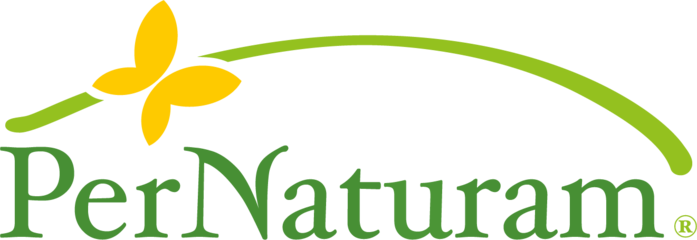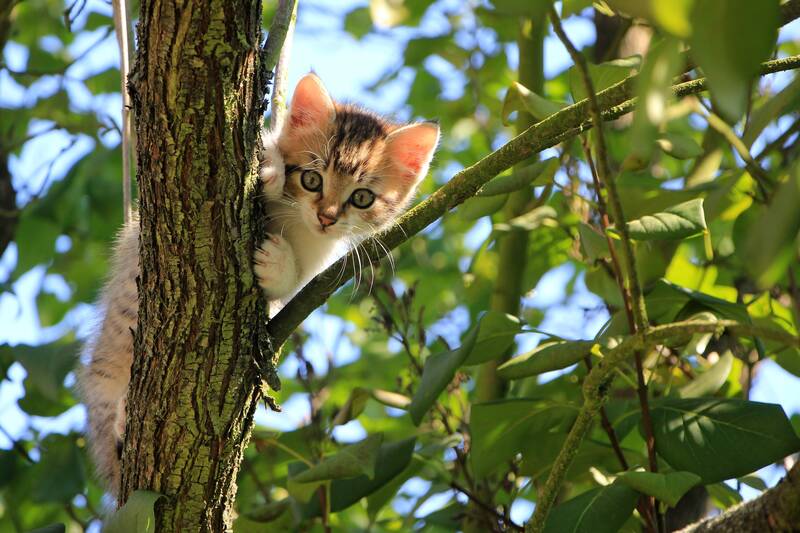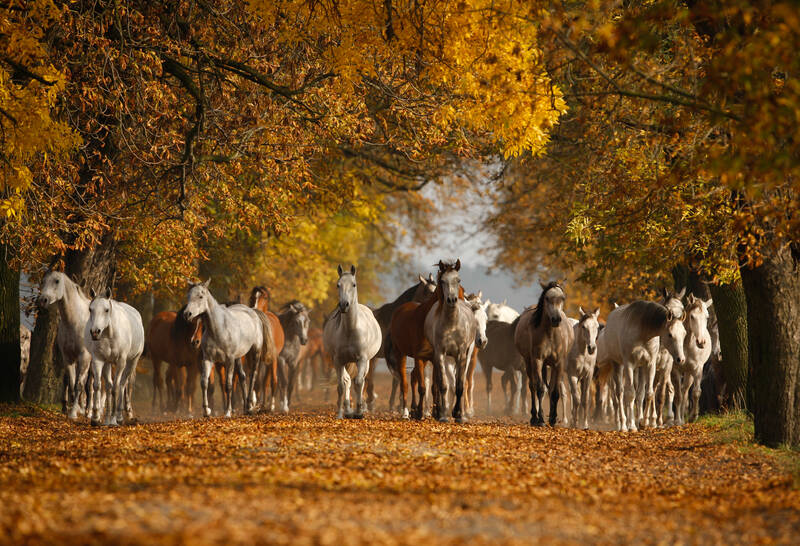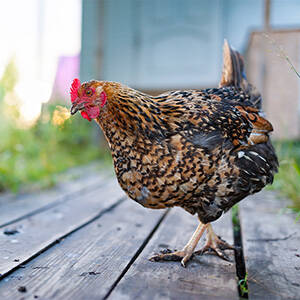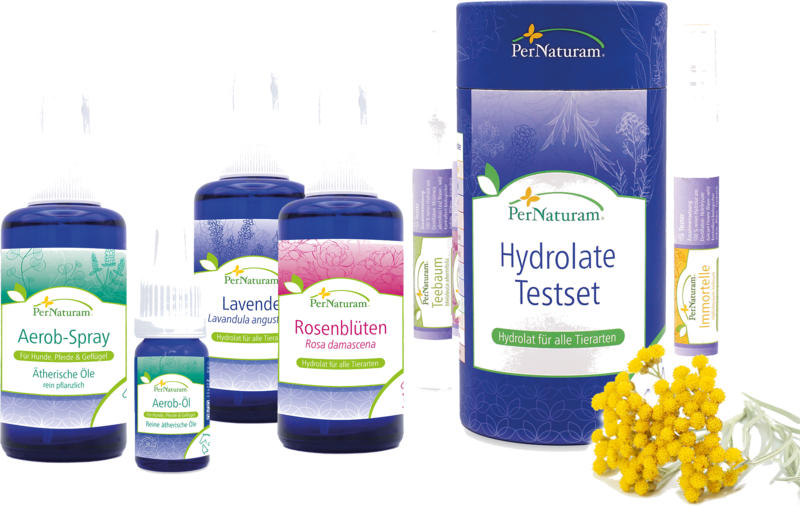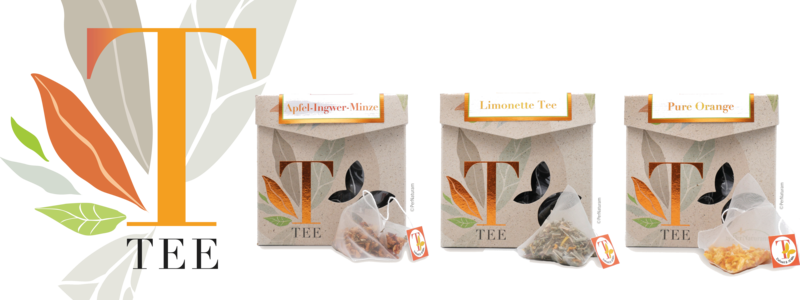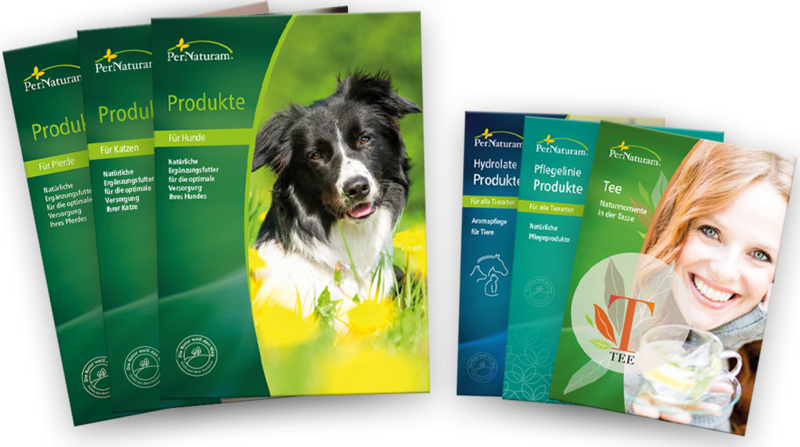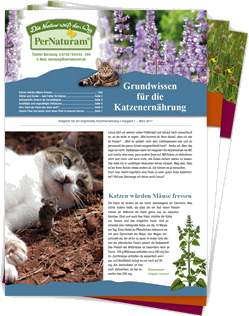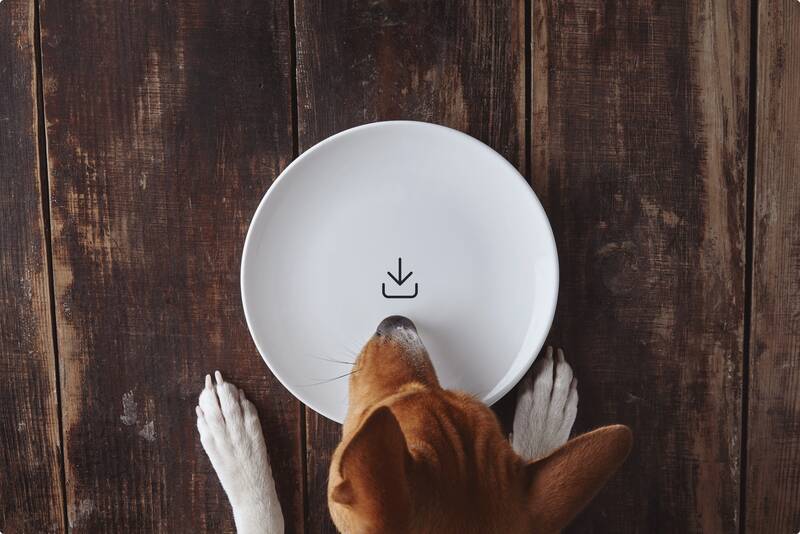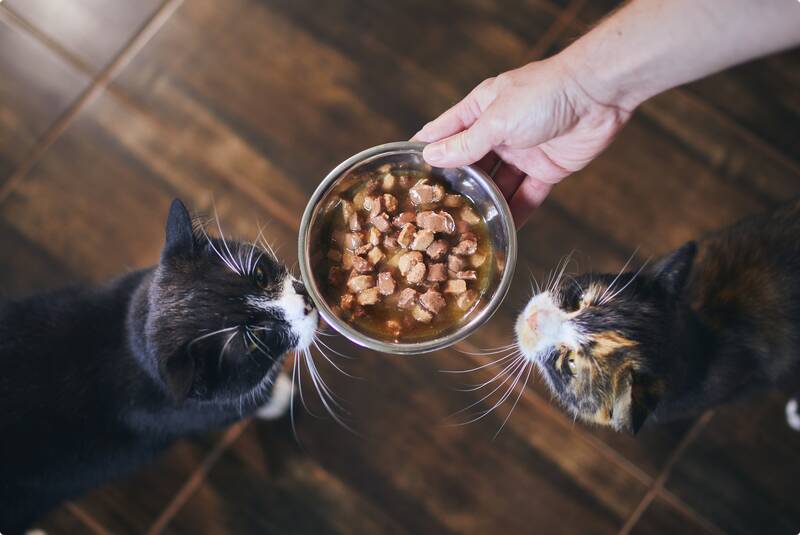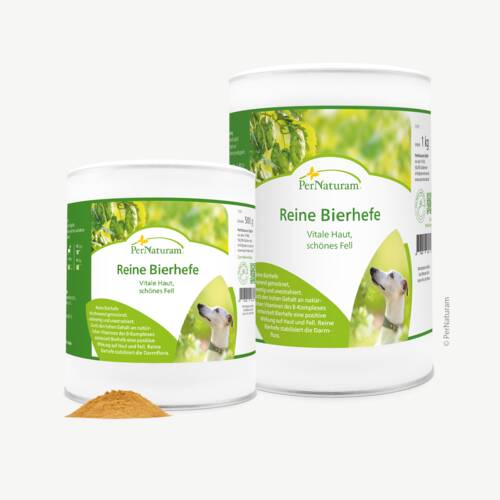The intestinal mucosa is densely populated with more than 100 trillion bacteria that defend their place against unwanted germs. There are also fungi, protozoa and worms. All have their place in the gut. But the balance has to be right.
The body would be just as unable to survive without the intestinal flora as it would be without a heart or liver. A large part of the immune process takes place in the intestine! One-sided nutrition without vital substances or always the same so-called complete feed with a high proportion of starch - this results in a susceptible and one-sided intestinal flora, usually displaced by acidification, which is also unable to deal with infections or parasites.
The complex and dynamic bacterial ecosystem of the gut is established within the first few years of life. The colonization density of the intestine is initially low and increases steadily with age.
The tasks of the intestinal flora
Supply of vitamins, especially B vitamins and vitamin K
Supporting the digestion of food components
immune modulation
Supply of the intestinal epithelial layer with energy
Stimulates intestinal peristalsis · Production of short-chain fatty acids
production of enzymes
elimination of toxins in the intestine
We look at the dog with its intestinal flora as a whole. A well-supplied intestinal flora is also reflected in the vitality, life energy and performance of your dog.
The term "flora" is based on the earlier classification that included bacteria and many other microorganisms in the plant kingdom. Since bacteria form their own domain in the scientific classification of living beings (formerly prokaryotes), one speaks today of an intestinal microorganism community or of an intestinal microbiota, the intestinal microbiome.
The intestinal flora is part of the microbiome of every multicellular organism.




